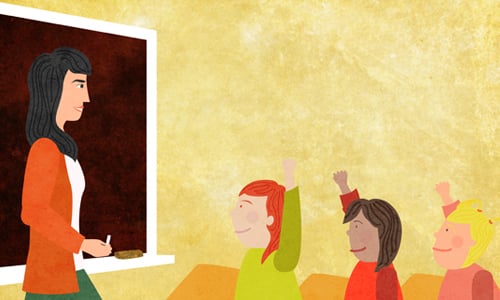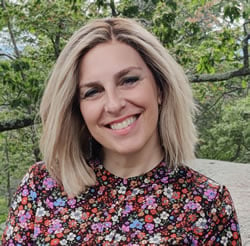
Dear Readers,
For years, the trend in education was to segregate children with special needs, but nowadays, we try to include them in conventional classrooms as much as possible.
Inclusion, mainstreaming, integration—these are all different ways of how children with different needs are included in traditional classrooms.
So, is inclusion beneficial, and for whom?
Research over the last fifteen years indicates that with the necessary support and proper training, its benefits seem to be overwhelmingly positive for everyone.
Students with special needs gain from increased social opportunities, higher expectations resulting in increased skills and achievements, increased self-respect and confidence, and better preparation for adult life.
But the benefits surprisingly were equally shared by students without special needs. They too gained in greater academic success, enhanced feelings of self-esteem from mentoring students, increased appreciation of their abilities, and a greater acceptance that all people have unique abilities. They learned sensitivity and empathy as well as strong collaborative skills.
In the workforce, a similar idea is gaining traction, as employers are starting to acknowledge the importance of diversity. The effectiveness of human resource systems designed for a homogeneous workforce is being questioned as employers recognize the contributions of all different kinds of intelligences, personalities, and talents.
So it looks like we were created as diverse human beings for a reason: we all have what to contribute.
In the beginning of this week’s Torah portion, Moses gathers the nation of Israel and lists the various materials that they can contribute to the Tabernacle, G‑d’s home on earth.
“Take from yourselves an offering for the L‑rd; every generous hearted person shall bring gold, silver, and copper…” (Exodus 35:5)
Each of these materials represents a different persona in the nation. Gold represents the purity of the tzaddik, the fully righteous individual. Silver (kessef in Hebrew, which also means “yearning”) represents the baal teshuvah, the returnee. Copper, the least expensive of metals, represents the sinner.
We might have thought that only a tzaddik, who is removed from the enticements and ensnarement of this world, has the ability of transforming it into something holy. Or, we might believe that only a baal teshuvah, who intimately knows the negativity of this world, can transform its lowliness into loftiness. But the Torah teaches us even the sinner must be included in this endeavor and has what to contribute.
Amazingly, G‑d’s home on earth is not complete without each of their contributions.
No matter our spiritual standing, no matter our intellectual abilities or our emotional intelligences, we were all handcrafted by our Creator to make our world a home for G‑d.
And, whether we consider ourselves low or high, righteous or wicked, someone with limited abilities or someone super talented, we are all needed. As counterintuitive as it may initially seem, each and every one of us has what to gain from the other!
What a golden (or is that copper?) idea!
Chana Weisberg
Editor, TJW







